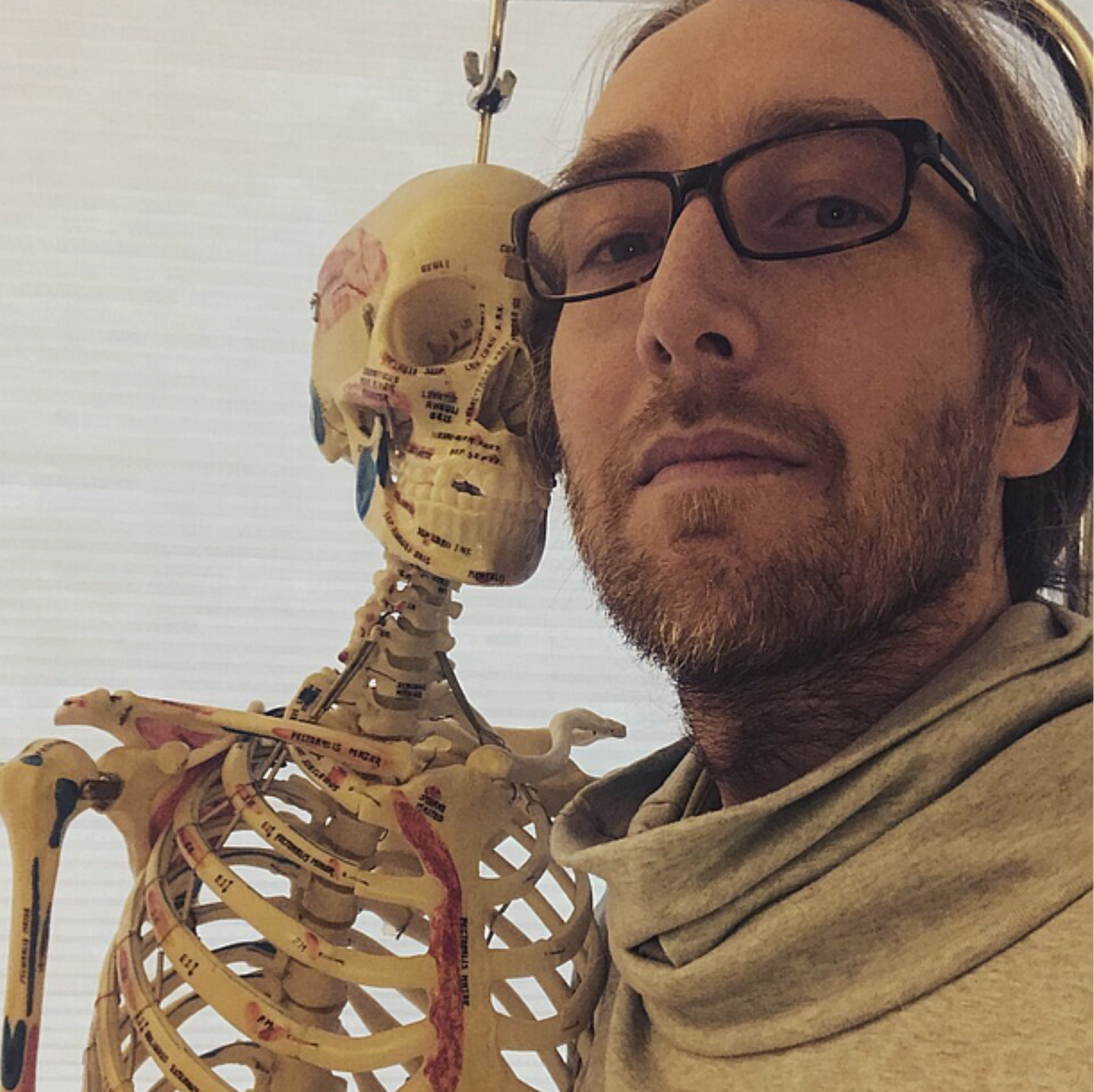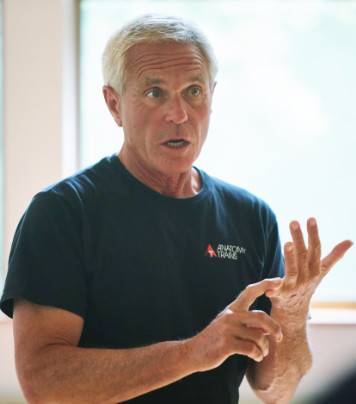For over twenty years, I have wandered the realms of bodywork, a journey through sinew and spirit where pain is both an adversary and my guide. I have studied the maps of ancient anatomies and modern medicines. My hands have learned the language of clinical bodywork, while my mind has been filled with the cosmic dance of polarity theory. For years, I’ve been able to identify which three muscles might be causing your headache based on where you feel the pain or pressure—whether it’s knee pain, back pain, or otherwise. I have taught thousands of budding massage therapists and seasoned bodyworkers to do the same.
The practice of mending bodies and alleviating my clients’ pain has brought me great satisfaction throughout my career. Yet, as I settled into the Connecticut River Valley of Western Massachusetts for the long haul, I noticed a pattern emerging with a small handful of clients: patching them up was only temporary.
This recurrent cycle, though frustrating, piqued my interest. While I realized the root of the problem often lay in posture, ergonomics, and body mechanics, these deeper, more visceral truths eluded me despite extensive training and years of practice. How do you change one’s relationship to gravity and movement through touch?
I found the answers in the sacred geometry of structural integration. Through this work, I have been able to profoundly impact those who weren’t getting over that threshold, those whose chronic pain led them to a frequent maintenance schedule. I now have the skills to help people with pelvic tilts, scoliotic curves, flat feet, and much more.
Taking a client through the arc of a 12-series is transformative. There is an obvious beginning, middle, and end to the story. Once burdened with pain and discomfort in their own skin, my clients now emerge from their chrysalis, find their footing, stand with grace, breathe with ease, and, most importantly, experience lasting relief from pain.


